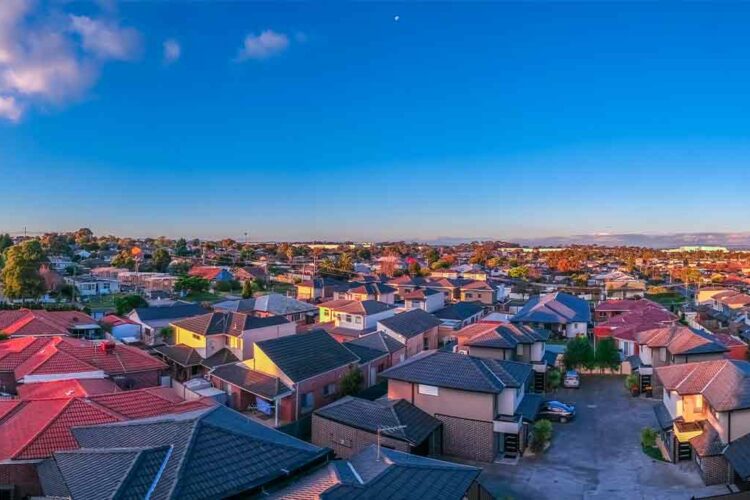More than one-third (or 36.3 per cent) of homes across the country are cheaper to buy than they are to rent at current prices.
It’s based on a national analysis of estimated purchase and rent prices by PropTrack, which found that buying conditions are “most favourable” across Queensland, South Australia and Western Australia.
For PropTrack economist Paul Ryan, the report’s findings are a sign that “favourable buying conditions remain despite a record pace of interest rate increases, and home prices increasing 36 per cent since the pandemic”.
“There are still opportunities for buyers across the housing market,” he continued.
One reason for the high number of homes still cheaper to buy than rent is the recent record pace of rent growth, Mr Ryan remarked, “with advertised rents up 14.6 per cent over the past year”.
He explained that this had offset higher buying costs across many regions of the country.
Looking to the states, the economist reiterated that Queensland, South Australia and Western Australia have the strongest buying conditions, with “continued upward pressure on prices”.
In Western Australia, nearly four out of every five homes (78.7 per cent) are cheaper to buy than rent, leading the country by a strong margin.
Queensland comes in second place, with one in every two available homes being cheaper to buy than rent (53.3 per cent).
In third place is Tasmania, with 48.1 per cent of homes cheaper for would-be home buyers than tenants.
South Australia is also above the Australian national average, with 38.9 per cent of the state’s homes cheaper to buy than rent.
Unsurprisingly below the national average when it comes to buying affordability are NSW (24.3 per cent) and Victoria, where just 16.6 per cent of homes are cheaper to buy than they are to lease.
According to Mr Ryan, the challenges surrounding affordability – both to buy and rent – will not slow down in the new year.
He forewarned: “Looking to 2024, higher interest rates will challenge housing affordability for many. This may slow price growth and rebalance buying conditions.”


